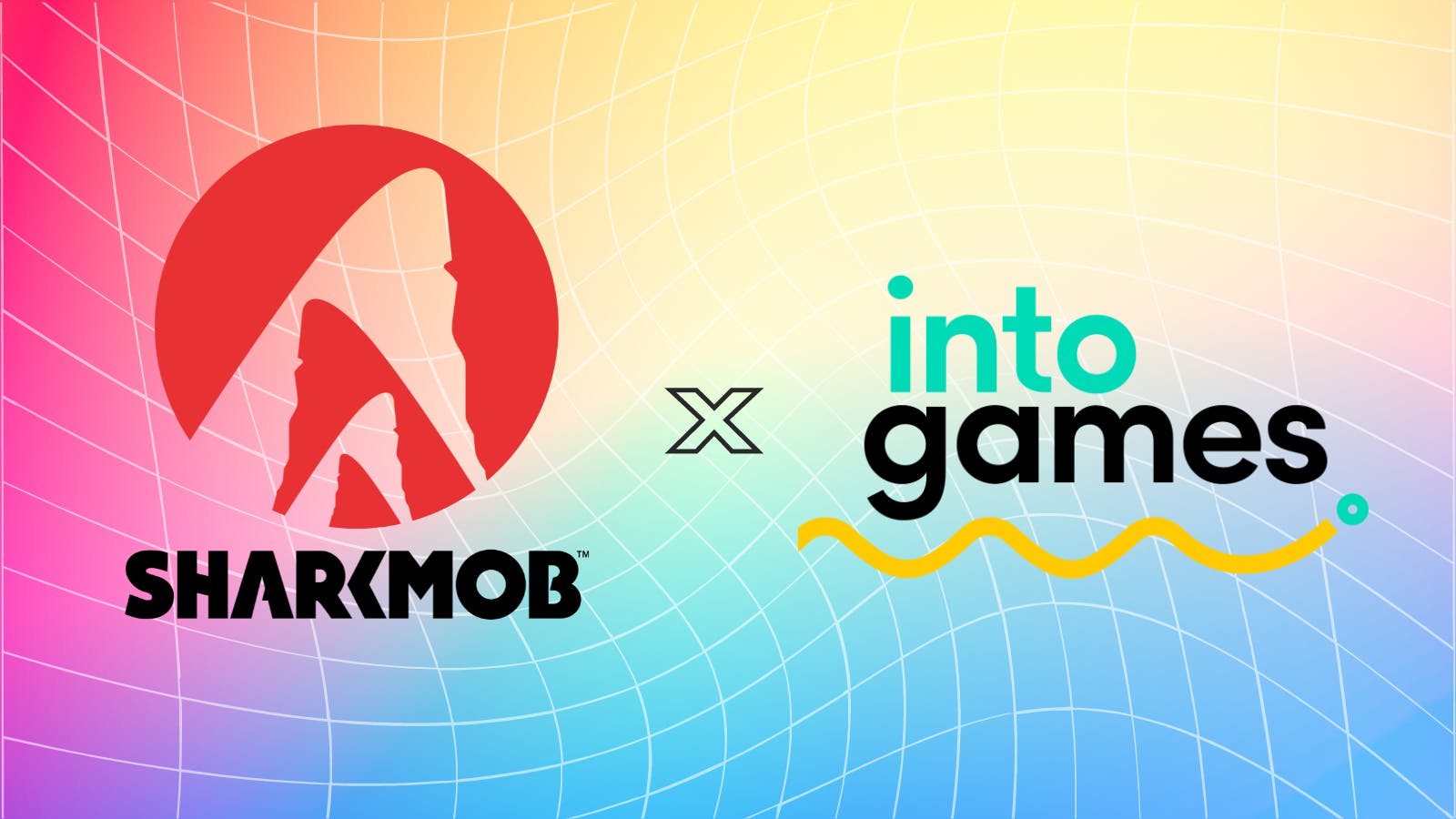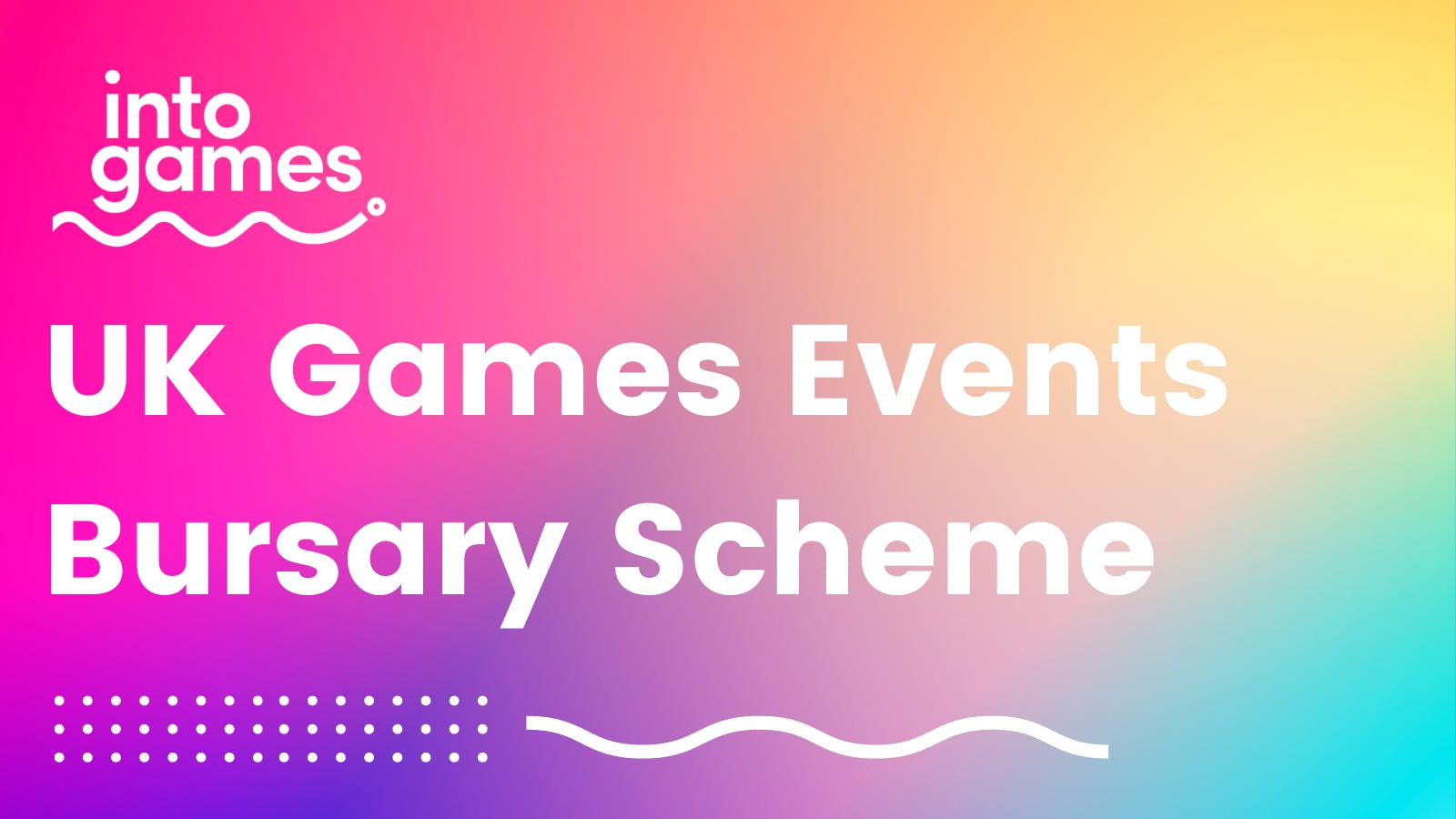I'm Andrew, the founder and Creative Director at Spilt Milk Studios - we're an independent games developer based in London but with staff all over the UK and beyond, and we aim to delight players with cosy games that have a twinkle in their eye.
Trash Goblin is our current focus, and we're really excited at the moment - the game's launch is on the 6th of November when we'll be putting it into Early Access, and right now the Steam Next Fest is happening, where our brand new demo is doing really well! In fact let me just go and check…

…yup, we're in the top 100 demos, and are #1 Most Wishlisted Life Sim game as well as #1 Most Wishlisted Relaxing game! We'll get to some fun we want you to have with us around Next Fest, but first, we've got a deep dive to um, dive into. Deeply!
Way back in the mists of time (2022-ish), Trash Goblin didn't really exist. We had an idea for a game - and one that was prototyped by a team of students at Anglia Ruskin University - for a game we thought could be really great.
The basic idea had been floating around in my brain since about 2010, but the tl;dr is that if you mix the puzzle mechanics of Nintendo's Picross series (also known as nonograms) with the thematic and aesthetic context of Archaeology, there's an almost perfect fit. Form and function are one. Chip away on a grid to reveal an object, interacting with negative space to create the silhouette of something. The grid is dirt, the object is antique - it just seemed too good to be true.
So the student prototype proved it could work - and in doing so we explored how 3D Picross mechanics might make the gameplay even more tactile and rewarding - and that the pairing of the mechanic and the setting was indeed a natural fit. There was also the assumption that players like repetitive but satisfying interactions, and collecting things, and we could stitch a narrative around it nicely too. So we leaned into the whole thing (hiring two of the students from that team) and melded it into our own original fantasy world.
Why restrict ourselves to real archaeology when we could use amazing artefacts and weird gizmos from a fantasy world we have built. Plus it let us have more freedom with the characters you meet, and before long the game had a retention loop based around running a shop and selling what you find to customers - but not before cleaning them and maybe even upcycling them into new and weird combinations.

Anyway once we had the basics down, we took it to shows like EGX in London and saw how the game was received. The vibes were immaculate, and people were really excited by the name and the game's key art. It seems that from a marketing point of view, we'd built something that was really hooking players in successfully. Goblins are scrappy, and the game does not ask for perfection. Our goblin is cute and the workshop is cosy, so people wanted to spend time there.
The mechanics were simple, but thanks to the audio and art people wanted to just chip away at these puzzles for hours on end… except that a lot of people were bouncing off the game too. It turns out, it was the puzzles' fault. Put simply, people don't want to have to do maths homework in a cosy, chill game where there are no other pressures. Never mind that solving the nonogram puzzle was satisfying, a significant amount of players would see numbers on the puzzles and basically walk off. If they persevered, they'd never feel quite comfortable with it, and each new delivery of a puzzle would be met with a bit of a sigh. Obviously this was bad, so we responded.

We took the numbers out. It wasn't a puzzle game any more. There was no 'depth' to the mechanics of chipping at the cruft surrounding a trinket. It was purely click-crumble-click-crumble and honestly, that was more than enough it turns out. People immediately loved it, and the game's core loop of chipping was repeatedly referenced as digital bubble wrap. This was music to our ears!

So now we'd ripped out the only traditional mechanic in the game (which by the way is totally legit, just ask Powerwash Simulator!), we wanted to roll in some variety and thereby extend the player's interest in that core mechanic - and that's where we introduced varied block types that ask the player to do different things.
There are the more obvious blocks that take more clicks to chip away or that can't be chipped at all and must be sheared off by removing blocks around them. But the most popular blocks are the more surprising ones though! We added a noodle block that only has one vulnerable face which promotes studying the object from all angles, and reinforces rotation as an interaction that can be fundamental to the gameplay. And then the fragile block - chipping any of this block type will result in a cascade of all connected blocks of the same type getting broken too. Chain combos!

Anyway, to wrap up all of this was just to normalise something that happens in game development all the time: Your idea is designed on paper, and seems good. It gets prototyped and seems good still. You add some polish, it seems even better! You show it to players and… oh.
Ok, it's not the one.
Making games is so complex and all the parts of a game are so intertwined with each other that it's almost impossible to predict how they will all interact and react, let alone how they will make the player feel.
For Trash Goblin, the vibe (its aesthetic, the writing, music, characters, vfx, sfx, basic mechanics, the whole lot put together) became something that felt great and had a clear appeal, but the core puzzle mechanic was just jarring and not sitting right, so we binned it and leaned into the vibe. Tl;dr your game will always be as bad as its worst element. So find out as fast as possible if it is any good, and cut it if its not!
Thanks for reading this far 🥰
Next time, we're going to deep dive into the commercial side of making games, which is super important for this world of indie self-publishing, with Steam and digital distribution being the only real way to stay independent. So we're proposing an experiment you can be a part of!
So if you're reading this please go and wishlist Trash Goblin now. Yup, right now. I'll wait. If you don't have a Steam account, maybe make one.

Ok done? Good.
So what I'm wondering is if the tens of thousands of people who this newsletter is sent to will actually be a visible spike in our wishlists. Normally, I'd expect so. But the challenge is to stick out amongst the busiest wishlisting week of the year - Next Fest!
As mentioned we launched a new demo for Trash Goblin for Next Fest, it's doing well in some charts (#1 Most Wishlisted Life Sim game, #1 Most Wishlisted Relaxing game), but I couldn't resist the opportunity to try and measure an effect. Can a group of like-minded and motivated gamers like us really affect a monolithic system like Steam? Let's find out together! It doesn't matter when you read this and wishlist, it should all be visible in some way on the eventual graphs.
So next time I'll come with screengrabs and annotations and all kinds of behind-the-scenes info about what it's like to self-publish on Steam, including gathering wishlists, next fest experiences, hopefully some choice community feedback… and maybe a spike from you lovely bunch of goblins! And if that happens, I mean we might make you all Reddit-famous with a write-up on there too!?
Meanwhile if you fancy getting even more insight into the game, us and all the exciting news, then please do join in the fun on our discord - until next time!


.png?ixlib=gatsbyFP&auto=compress%2Cformat&fit=max&w=1600&h=900)
.png?ixlib=gatsbyFP&auto=compress%2Cformat&fit=max&w=1600&h=900)
.png?ixlib=gatsbyFP&auto=compress%2Cformat&fit=max&w=1920&h=1080)

